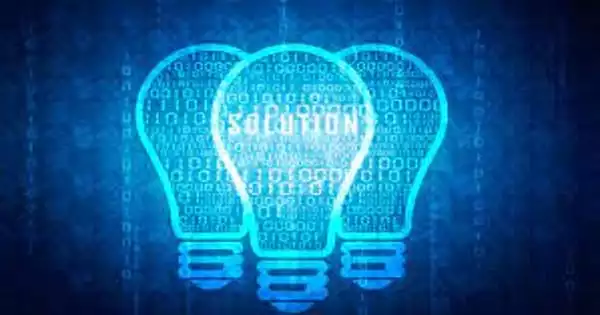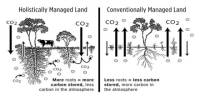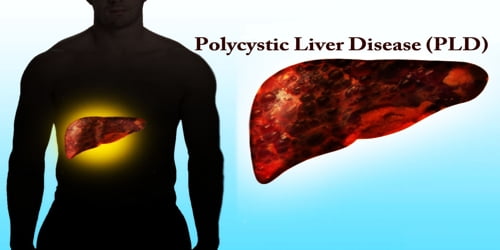Category learning can be accomplished by recognizing shared characteristics among category members, different characteristics among non-members, or both. These processes are psychologically and computationally separate, and they may have ramifications for category acquisition at various hierarchical levels.
Our brain ability to categorize the complex universe makes our daily lives much easier. But how do we classify? What types of sensory qualities do we evaluate? With the assistance of pigeons, researchers have moved one step closer to addressing these issues. They discovered that several tactics are used by birds to successfully learn categories. The researchers employed a novel study strategy to collect data. To that goal, they paired so-called virtual phylogenesis, in which computers generate artificial stimuli, with a machine learning method, namely an automated appraisal of the birds’ pecking behavior.
Categorization learning, often known as pigeonholing, has a very unfavorable connotation in the public eye. However, the fundamental cognitive ability to categorize has a substantial advantage: it condenses the flow of objects and events in our environment based on commonalities and makes the knowledge we have gained usable for new encounters.
We properly specified the parameters of the picture stimulus. We formed two object families on the computer, each with 20 members, using a process known as virtual phylogenesis. Each object clearly belonged to family X or family Y based on its features and could thus be classified properly by the animals.
Dr. Roland Pusch
For a long time in the field of science, the stimuli that determine classification into a category have been the topic of heated controversy. The Bochum-based research team has now provided answers to this question, utilizing a research approach that combines computer-generated stimuli with a machine learning analysis of pigeon pecking behavior. “We specialize in working with these creatures,” said Dr. Roland Pusch, the study’s lead author. “Pigeons have a highly developed visual system and do exceptionally well in behavioral tests. As a result, they are an excellent model system for addressing this issue.”
Learning strategies are actions made by students to improve their learning. Active use of language learning strategies assists learners in taking control of their own learning by enhancing language abilities, increasing confidence, and motivating them throughout the learning process. Strategy instructions improve learners’ independent and autonomous learning, as well as their ability to accept responsibility for their own learning. The more techniques a learner employs, the more confident, driven, and self-efficacious the learner feels. Teachers are expected to select appropriate teaching techniques and learning strategies for their students, as well as to educate them how to understand learning strategies in order to increase levels of self-directed learning.

Pigeons’ specific pecking behaviour facilitates detailed analysis
By pecking at the monitor, the biopsychologists educated the pigeons to discern between digitally produced images on the screen and categorize them. “We properly specified the parameters of the picture stimulus,” Pusch explains. “We formed two object families on the computer, each with 20 members, using a process known as virtual phylogenesis. Each object clearly belonged to family X or family Y based on its features and could thus be classified properly by the animals.”
“The peculiar pecking behavior of pigeons was the trump card in our research series,” says project leader Professor Onur Güntürkün. “Pigeons utilize pecking to signal whether an object belongs to a category or not after training. At the same time, they indicate the precise location on the object that was critical in their categorization decision.”
The researchers used the automatic recording to determine the spots on the objects that the pigeons touched when making their decisions on the monitor. “Individual animals’ pecking behavior was fairly consistent. This leads us to the conclusion that animals place a high value on highly specific stimulus characteristics” Pusch explains. “Surprisingly, despite identical behavior, these preferences differ between individuals; in other words, each pigeon has its own unique set of traits that it values in the two families of objects. This implies that categorization learning is not constrained by a single learning technique.”
The combination of virtual phylogenesis and the machine learning technique, according to Pusch and Güntürkün, gives a lot of potential for future research in the field of categorization learning. In addition to its sensory basis, the approach allows for the investigation of species-specific behavioral strategies in comparison research. Aside from behavioral study, neural processes in the brain that drive categorization learning could be thoroughly investigated.
















